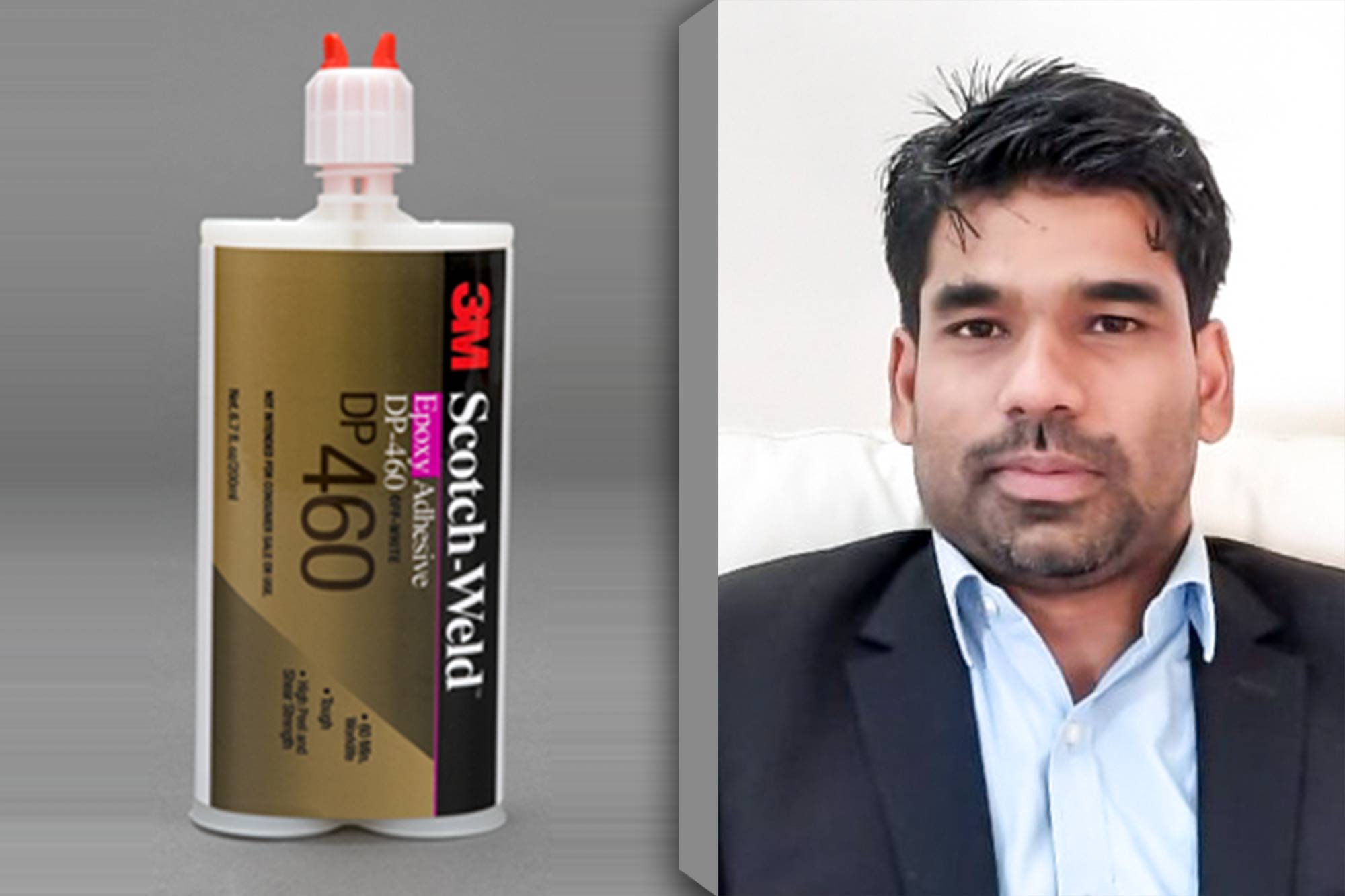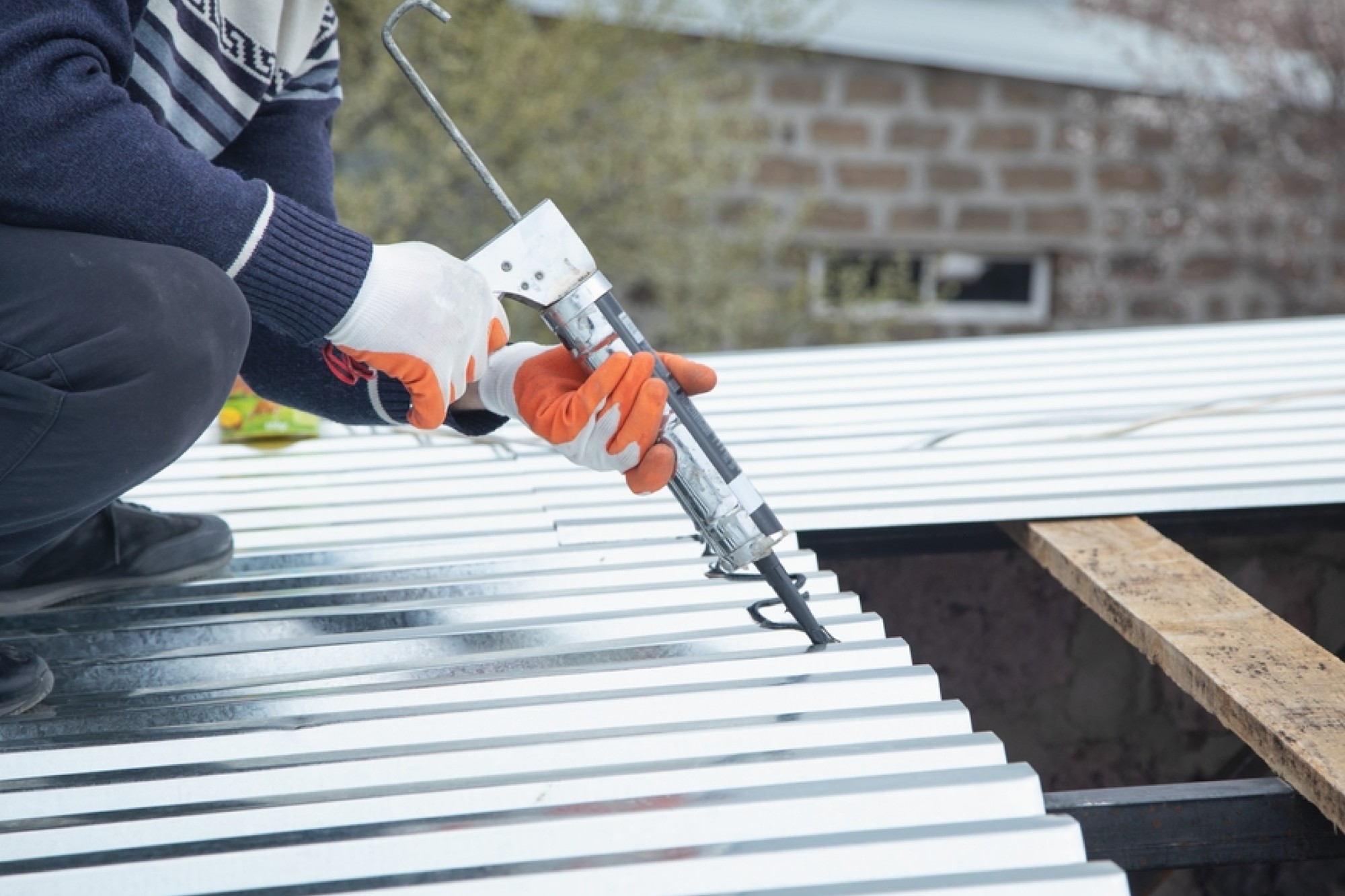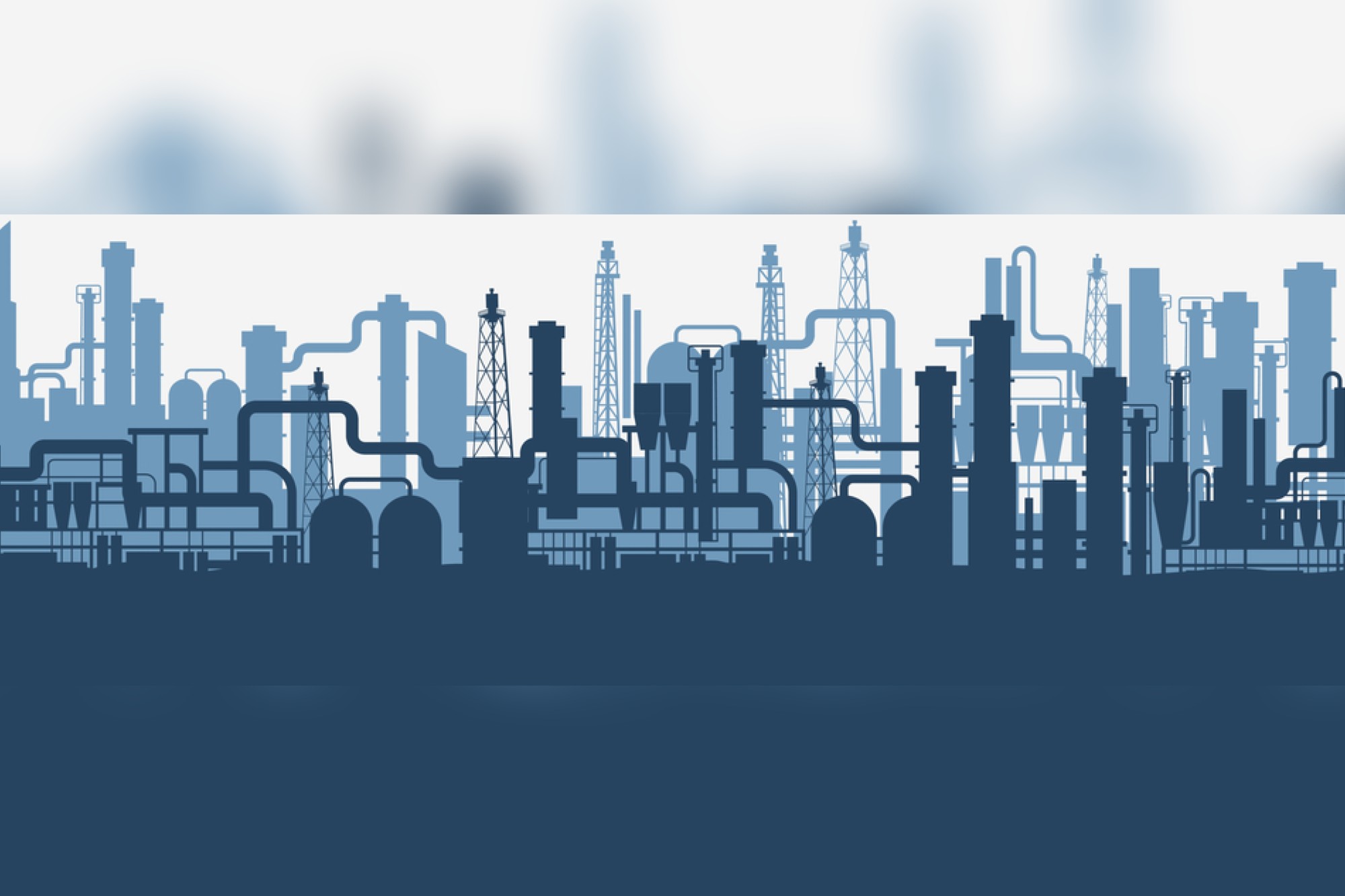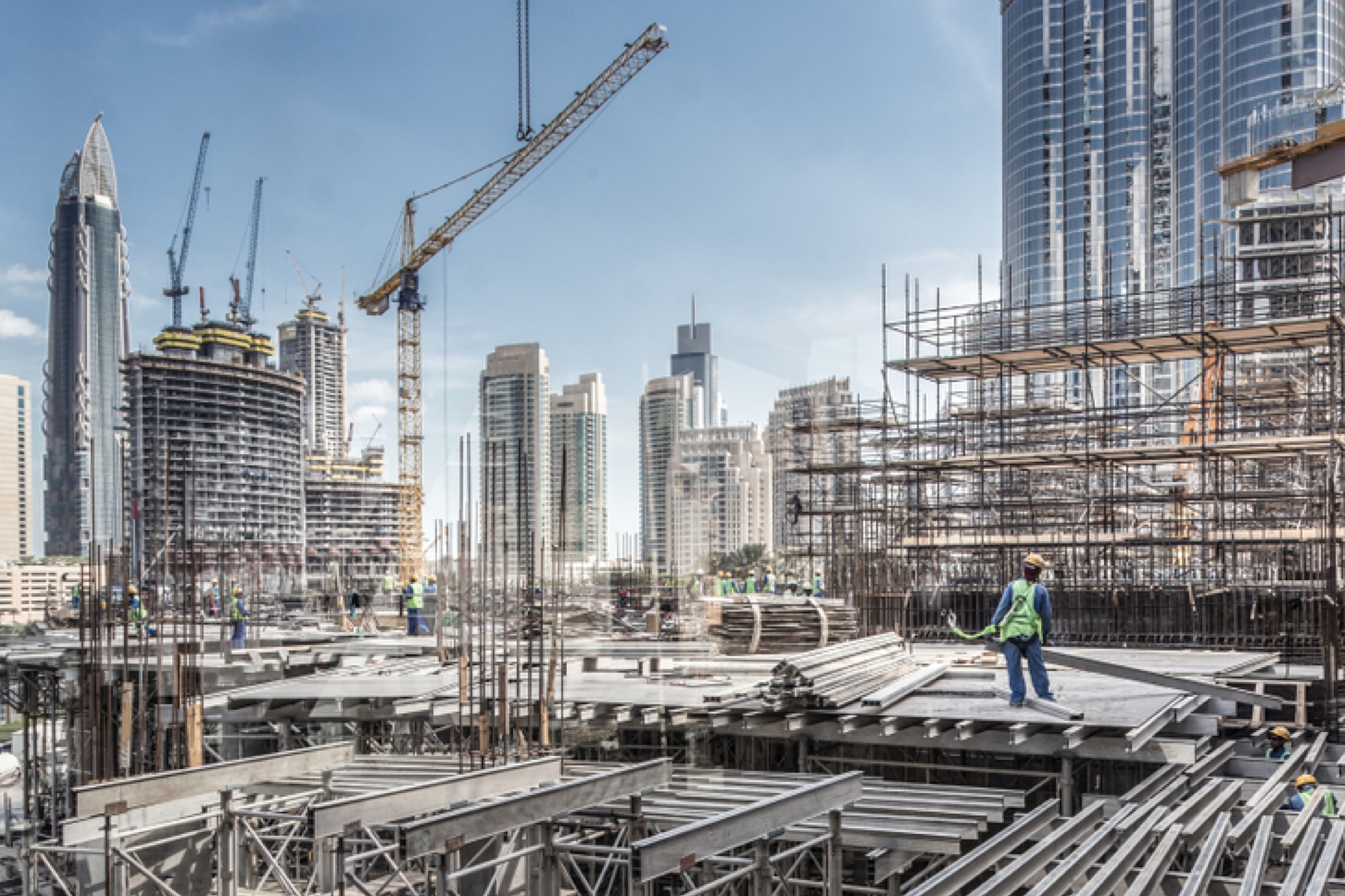Structural adhesives have the highest load bearing capability
By Edit Team | September 10, 2020 7:35 am SHARE

In today’s world, successful new products demand advancements in design, manufacturing processes and end-use performance. Industrial engineering and design professionals around the world depend on 3M Scotch-Weld structural adhesives to help them design beyond the limits of mechanical fasteners to create next generation products.
Unlike mechanical fastening methods, structural adhesives do not damage substrates (i.e. no need to drill holes; no heat distortion as when welding metal); they can join dissimilar materials without galvanic corrosion; are amenable to several different geometries; don’t concentrate stress at a few localized spots (thus increasing fatigue resistance); and don’t require refinishing steps or leave protrusions (aesthetically more pleasing). Structural adhesives also play an important role in the move to composite materials, which allow for significant weight reduction with comparable stiffness, compared to metals.
Compared to other types of adhesives, structural adhesives have the highest load bearing capability; excellent environmental and chemical resistance; are generally formulated to be 100 per cent solids (no solvent emissions to deal with) and come in a range of cure times and properties. Structural adhesives cure in an irreversible process which helps to provide excellent temperature and solvent resistance.
While choosing a structural adhesive, preliminary decisions may be made prior to more specific discussions, or perhaps the applications are too sensitive to discuss with a range of outside experts, based on certain understanding of the product and application. Structural adhesives should be chosen with the end use requirements firmly in mind. Once these are known, the proper adhesive can be selected by matching the requirements to the different processing and performance characteristics of different structural adhesives.
Some of the end use conditions to be considered are
Expected environmental conditions during the end use:
• Temperature – how hot? How cold?
• Humidity – will the material be exposed to rain? To salt water?
• UV exposure – will the joint be exposed to the sun?
Chemical resistance required:
• Fluids (motor oil, gasoline, diesel fluid, jet fuel) – will these contact the joint?
• Cleaning solutions (weak acids and bases) – will the joint be cleaned frequently?
• Will contact be continual (e.g. in a filtering assembly) or only occasional?
Cleanliness/Environmental issues during production and end use:
• Outgassing, corrosion potential— is the part being bonded sensitive to these issues
• Toxicity, disposal – are there regulations that come into play?
Mechanical challenges:
• Impact, vibration, fatigue– will the bonded part be subject to high impact or vibrational forces in use?
• What about thermal cycling and dis-similar coefficient of thermal expansion substrates?
Stress type and magnitude:
• How high are the stresses on the bondline?
• What types of stresses?
Types of structural adhesives and their performance criteria:
Structural adhesives can be generally categorized by chemistry. Although hybrid products can be formed, in general the categories of structural adhesives are: epoxies; acrylics; urethanes and cyanoacrylates.
Certainly, each type of chemistry can be tailored to some extent, but it is also possible to roughly compare the categories based on the general properties inherent in the chemistry. The chart below shows a rough correlation across the chemistries. Properties can be varied with the addition of numerous additives such as thickeners (to increase viscosity or stiffness), diluents (to decrease viscosity), plasticizers etc and specific curatives and accelerators can be used to vary cure times. Engineers are thus cautioned to review the specific properties for adhesives of interest.

Epoxies come in the widest range of properties and can have the best overall properties on metals and often on thermoset composites. Standard 5-minute rigid epoxies that are commonly available in hardware, tend to be brittle, and are best suited to applications where relatively low stress and no impact are expected. Flexible epoxies, such as 3M ScotchWeld Epoxy Adhesive 2216, have higher peel strengths and hence better impact performance; they are also good choices for parts which may require some flex in end use. Toughened epoxies, such as 3M Scotch-Weld Epoxy Adhesive DP420 and DP460, incorporate elastomeric regions which absorb impact, and thus provide the highest shear, peel, impact, vibration and fatigue resistance; and hence are chosen for the most demanding end use applications.
Acrylics overall provide the highest bonding strength on plastics and may also provide good bonds to metals. However, they tend to have lower vibration/impact resistance than better epoxies (thus, lower fatigue resistance) and lower performance at temperature extremes. However, most common products have high odor and contain a flammable material. There are some low-odor products that do not contain the flammable substance, such as 3M Scotch-Weld Low Odor Acrylic Adhesive DP8805NS and DP8810NS; which can provide a more pleasant working environment.
Bonding a low surface energy plastic (such as HDPE or glassfilled polypropylene) to itself or to another plastic or metal would require a specialty acrylic, such as 3M ScotchWeld Structural Plastic Adhesive DP8010 Blue Urethanes tend to be quite flexible but have lower strength in general. They can be relatively good plastic, rubber and composite bonders and generally are lower priced than other categories of structural adhesives.
Handling and processing considerations:
Once the engineer has an idea of the adhesives that are likely to focus on the end use performance requirements and handling and processing considerations which into play. As far as handling and processing considerations are concerned, it is necessary to distinguish between one-part and two-part epoxies, as they are handled and processed very differently.
For production convenience, cyanoacrylates are often chosen. They do not require mixing and have a very long pot life or open time prior to bonding. Their drawbacks are that once the bonded parts are linked they cannot be repositioned. Two-part epoxies, acrylics and urethanes require some amount of time for the cure to start after the parts are mixed and the surfaces to be bonded are connected this allows positioning but also requires that the parts be fixtured in place until some level of cure has occurred.
Typically, two part adhesives can be supplied in bulk systems, such as 5 gallon pails or 55 gallon drums, and used with a meter/mix system; they may come packaged in hand-dispensable cartridges with the two components side by side (as in the 3M EPX Duo-Pak system) which assist in proper ratioing and mixing, or may come in small cans or tubes which require manual measuring and mixing of the parts.
For more details, contact:
Dr. Ratheesh Kumar PM,
Senior Application Engineer,
3M India Ltd
Cookie Consent
We use cookies to personalize your experience. By continuing to visit this website you agree to our Terms & Conditions, Privacy Policy and Cookie Policy.























































